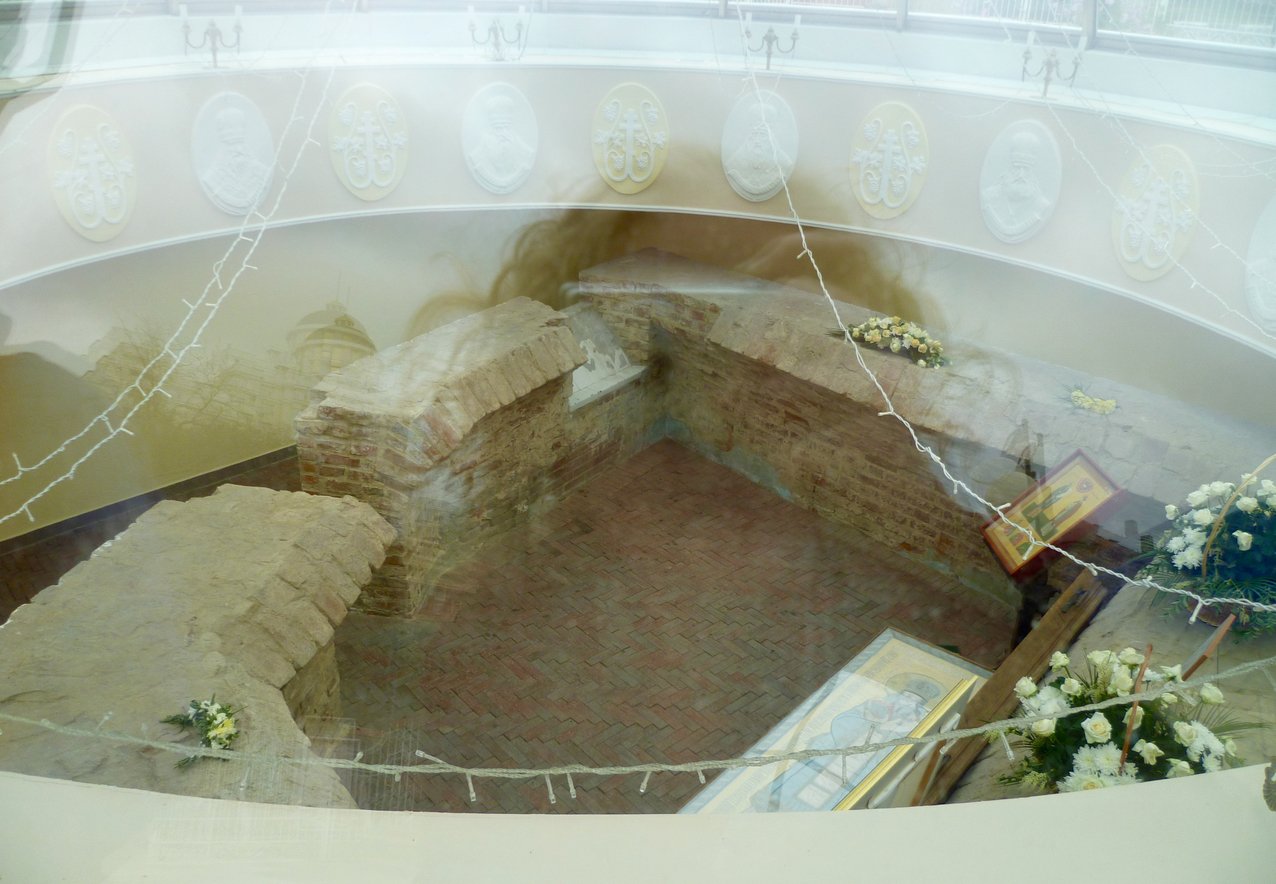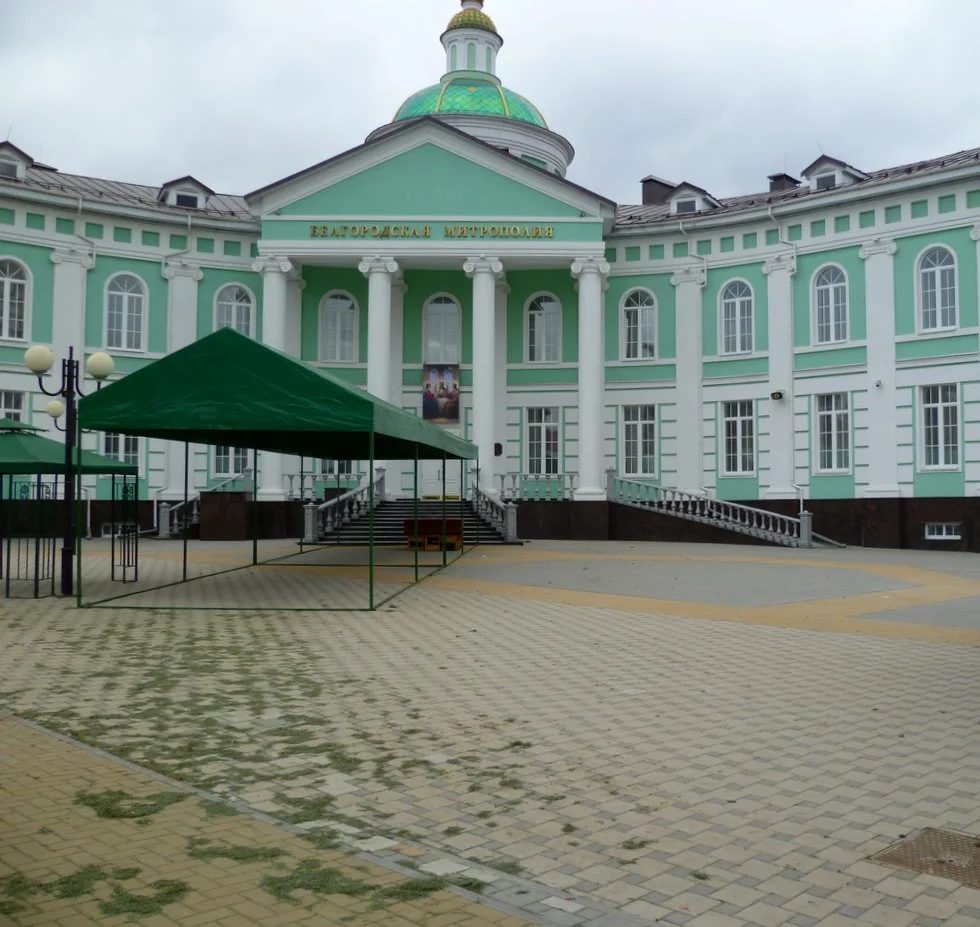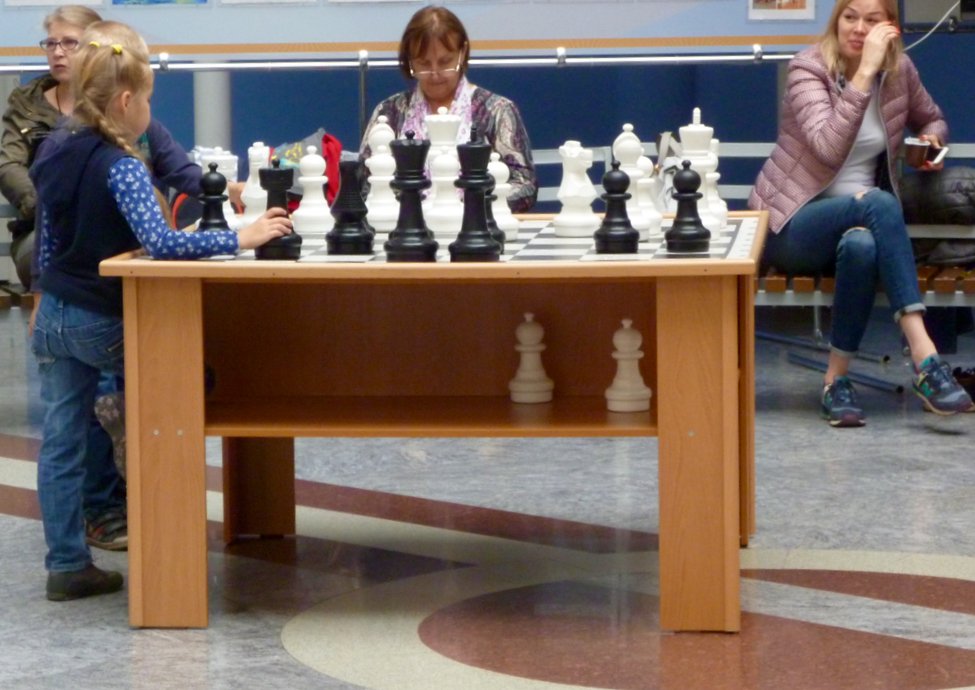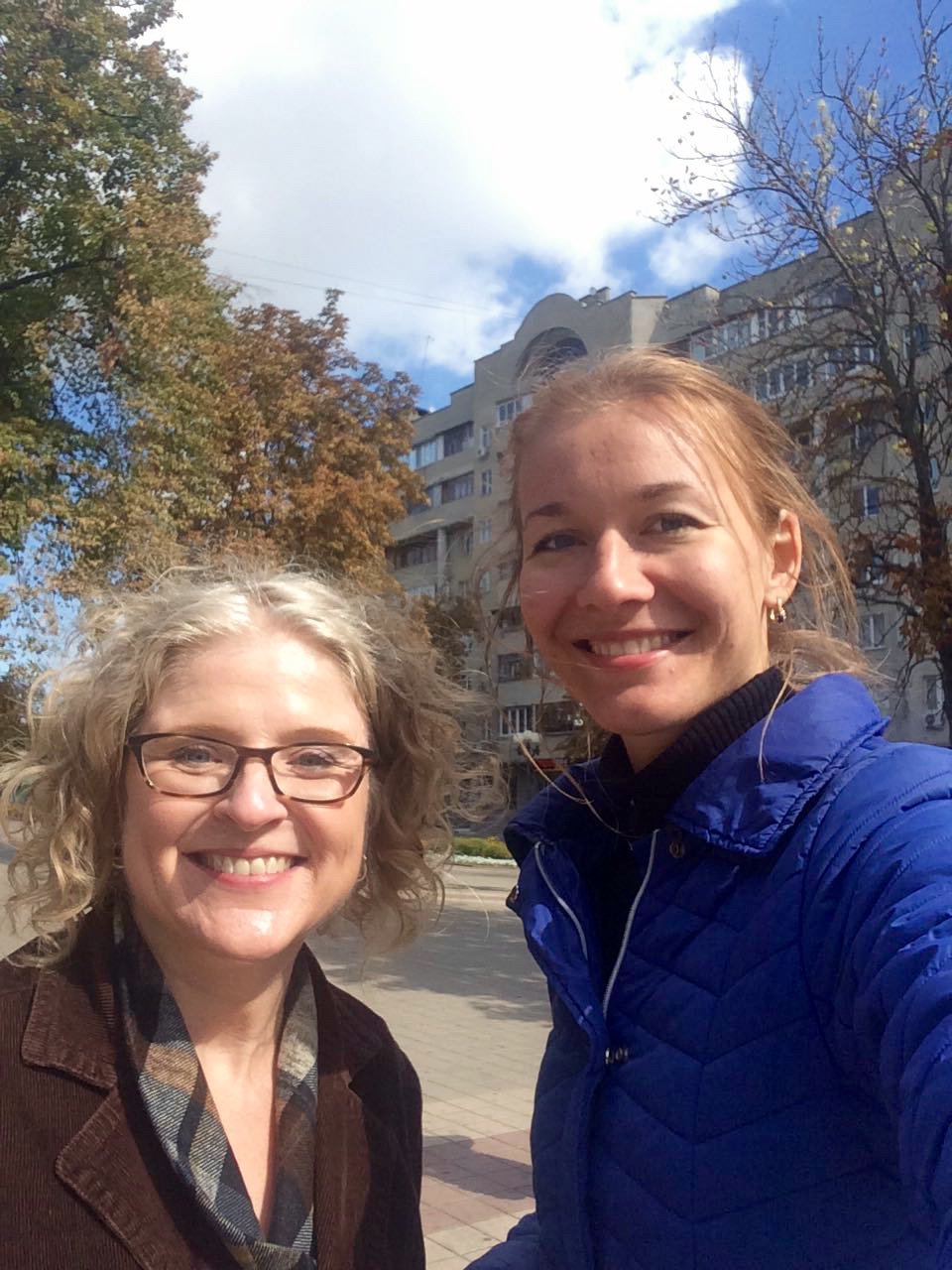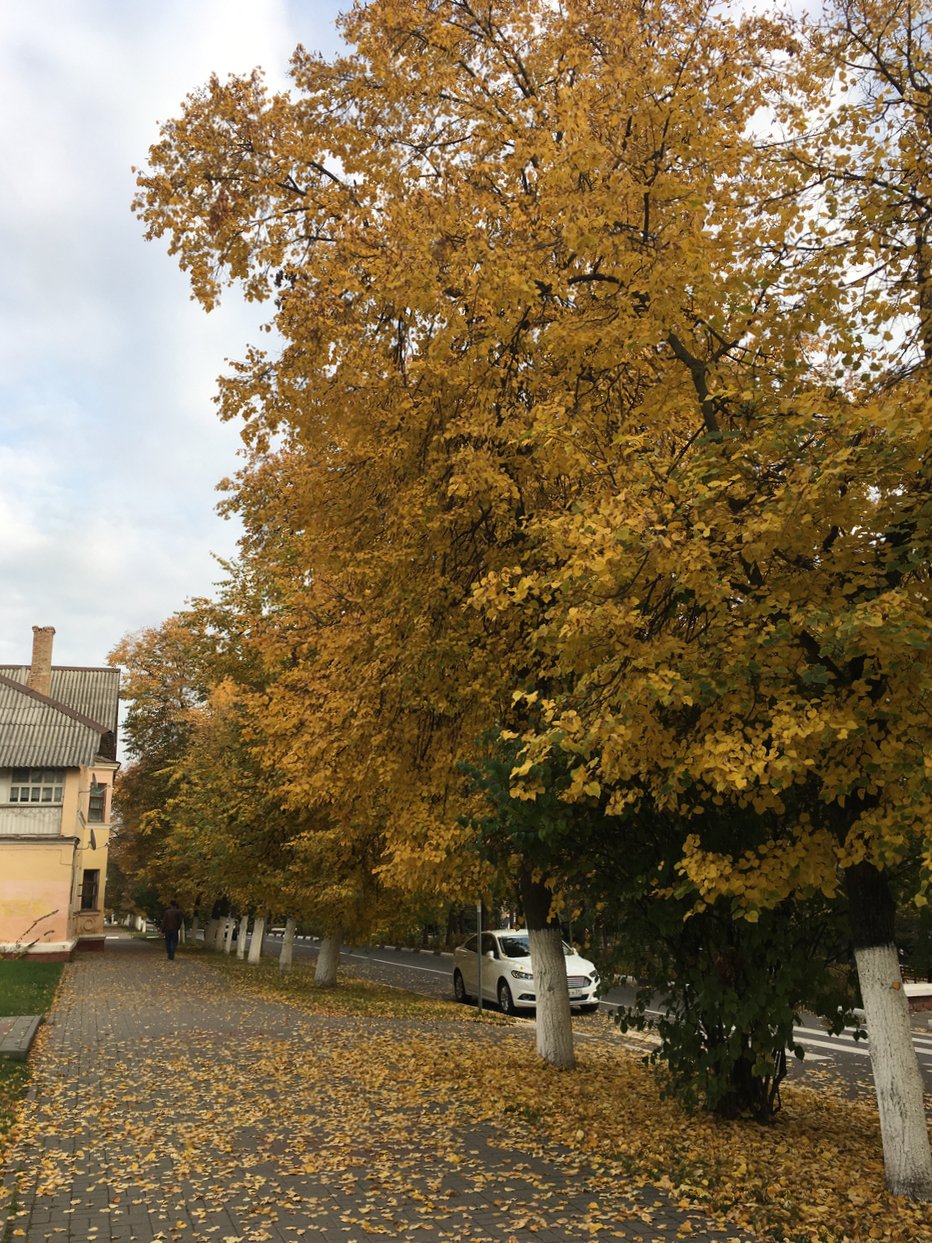A little more about Belgorod
The longer I am here, the more I realize that Belgorod is not only beautiful, but fairly unique, too. This has a lot to do with where it is. See, Belgorod is right next to Ukraine. But not the dangerous part. The dangerous part is farther to the south.
It’s part of the Black Earth region, meaning deeply rich soil good for growing food. We know that it has been inhabited since at least the early 1200s. The city officially became Belgorod in 1596, when Tsar Fedor I ordered its establishment as a means of protecting Russia from Crimean Tatars. I guess at the time the Crimean Tatars had a habit of raiding the area. Eventually, in the 1600s, Russia built a giant wall through Belgorod to try to keep the raids to a minimum. You can see the line on this map from the Folk History Museum:
Apparently, people from all over Russia came to fortify the line, so that started Belgorod’s tradition of being a city with people from many places. Once Russia’s southern borders expanded south such that Belgorod was no longer a border region, people kind of forgot about Belgorod. But then Peter the Great visited in 1709 and installed a military regiment here, so that was a big deal for the town.
But probably the town’s biggest claim to fame came only in the early twentieth century when one of its former bishops, Ioasaph of Belgorod, was sainted. Ioasaph lived in the mid-1700s. When he died, he wasn’t able to be buried in a crypt immediately, but nevertheless his body didn’t decay. This lack of decay was seen as a miracle and people from all over Russia would come to visit Ioasaph’s relics in the crypt and be healed. After centuries of pilgrimages, finally, in 1911, he was sainted. Nicholas II, Russia’s last Tsar, came to Belgorod for the grand ceremony. The photographer Sergei Prokudin-Gorskii, who used a special process to create color photographs, captured the enormous crowds on film:
But the saint’s relics didn’t stay too long. The Soviets, coming to power in 1917, removed the relics and blew up the monastery where the crypt was. This was a huge blow to Belgorod– he was their hometown saint and the monastery was enormous– it was basically the focal point of the whole city.
After the fall of the Soviet Union, the relics were discovered. They were at the Museum of Atheism in Leningrad (once again called the Kazan Cathedral). The relics were returned to Belgorod in 1991 and the monastery was partially rebuilt. In 2009, archaeologists from Belgorod State University discovered the original crypt. You can look down on it from above now (through glass).
The day I visited the monastery happened to be one day after Ioasaph’s saint day, when his relics are walked through the city. You could see where the holy procession had gone by with all its greenery.
Here’s a video if you want to check out what the holiday looked like:
In addition to the Soviet’s blowing up the city’s main cathedral, Belgorod was nearly completely destroyed during the Second World War. The Nazis occupied the town twice, and, basically, few inhabitants were left. Only about 150. Nearby, the largest tank battle in world history took place– I will go see that soon.
So, because of the destruction, most of Belgorod is very modern-looking. Plus, there has been a construction boom in the last few years. Right next to the University there is a giant sports center named after Svetlana Khorkina, an Olympic champion in artistic gymnastics.
The inside makes a big impression. And on the weekends the entry-hall is used for chess competitions:
Most Russian cities have an eternal flame, dedicated to those lost during war. Belgorod’s eternal flame sits atop a mass grave that contains the dead from both the Russian Civil War and the Second World War.
I learned all these things while I went on a wonderful walking tour of the city with the fantastic Marina. But for some reason I wasn’t feeling particularly well that day and after two hours of the tour I had to call it quits. I don’t know if you can tell in this photo that I’m not in very good shape. About an hour later I threw up. Sorry, maybe that is TMI, but it’s kind of my excuse for why my photos aren’t that great.
I was excited that Belgorod is right next to Ukraine because I thought I might be able to compare the border region here and the U.S.-Mexico border region back home. After all, Russia and Ukraine are ostensibly in some sort of armed conflict and yet, as far as I can tell, this part of the border isn’t militarized at all. In contrast, the U.S. and Mexico aren’t in any sort of conflict, armed or otherwise, and yet our borders are like war zones. But I was told in no uncertain terms by the Fulbright office that this would not be an appropriate area of research. It’s just too easily interpreted as political. I’m also not allowed to visit Ukraine, for the same reasons. I understand the Fulbright office’s concern– they don’t want there to be even the slightest appearance that Fulbright scholars are here for political purposes. With the political situation between Russia and the U.S. only getting worse, it’s certainly better to not have random researchers running around potentially creating trouble. It’s a shame, though– I’m SO CLOSE! Back before the conflict, it was apparently extremely common for Russians and Ukrainians to go back and forth across the border. The closest Ukrainian city, Kharkiv, is much bigger (1.5 million people), so folks from Belgorod would go get their “big city” kicks there. Food products were much cheaper in Ukraine, so a lot of people went shopping there on the weekends. I guess some people are still trying to get cheaper Ukrainian goods across the border. Just this past weekend some guy tried to bring a whole ton, like an actual TON, of meat across the border in an unrefrigerated station wagon:
You’ve probably noticed all the gorgeous sidewalk tiles in Belgorod– all the colors and designs. Marina told me that there is a factory in the city that produces these tiles and there is an arrangement to use the tiles in city projects. Marina said that people from other regions of Russia ask about the tiles all the time, impressed, but that she and other Belgoroders have had it up to here with the colored tiles!
Marina also told me about the walking promenade known as “stometrovka.” In Russian this means, “100-meter street.” But there is a legend that the “100” refers not to the length of the street, but to the fact that this used to be the area of “ladies of the night.” They would raise their shoes and underneath would be a price-tags for 100 roubles. I certainly haven’t seen any ladies of the night here so far!
It is now autumn in Belgorod and I’m kind of obsessed with it since we don’t have autumn at all in Tucson. The leaves are changing colors here and it is so gorgeous…this is exotic to me so I took a million pictures. I’ll try to only pick the best ones for posting.






